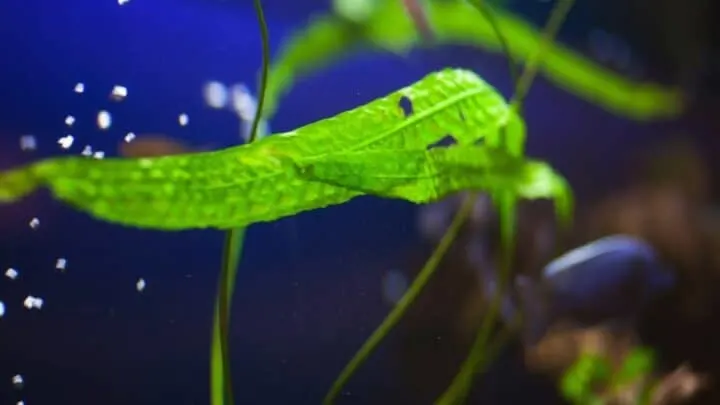Fish tanks require a lot of care and consideration, whether you’re a seasoned aquarist or a brand-new hobbyist.
You need to choose the right fish, balance your water, and then, of course, select plants that enhance your water’s quality, produce oxygen and absorb carbon dioxide.
If you’re looking to simplify this process, consider purchasing aquarium plants that don’t require substrate.
Aquarium Plants That Don’t Need Substrate
While there are several aquarium plants that do not require a substrate, the most popular include Java moss, Java fern, Anubias, Hornwort, water lettuce, and Green Cabomba. These plants are great additions to bare-bottom tanks but require regular fertilization to gain the nutrients needed to thrive.
Java Moss
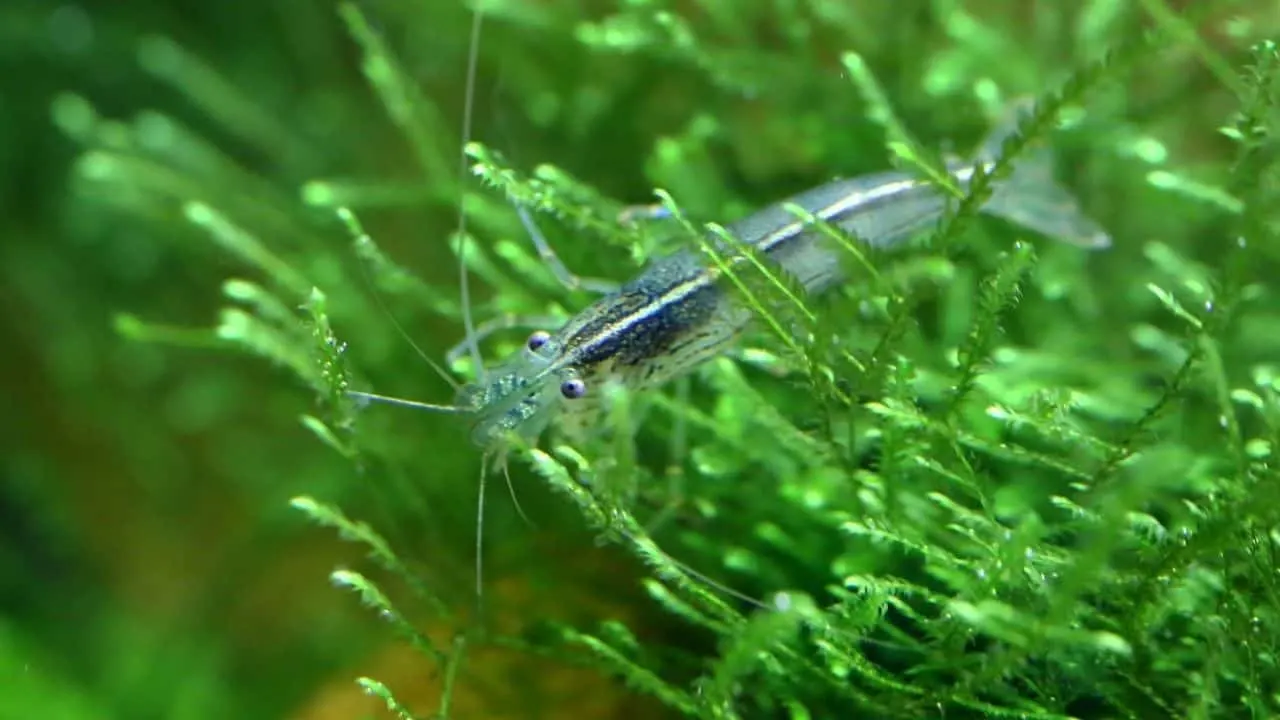
Java moss is an exceptionally popular plant found in aquariums worldwide. Beginners love Java moss as it is easy to grow and thrives in almost any water salinity.
This plant also enjoys environments with plenty of light.
When it comes to decorating, Java moss can be attached to both store-bought ornaments and natural tank additions like rocks and driftwood.
Furthermore, if you’re looking into breeding, moss serves as a great hiding place for fish babies.
Java Ferns
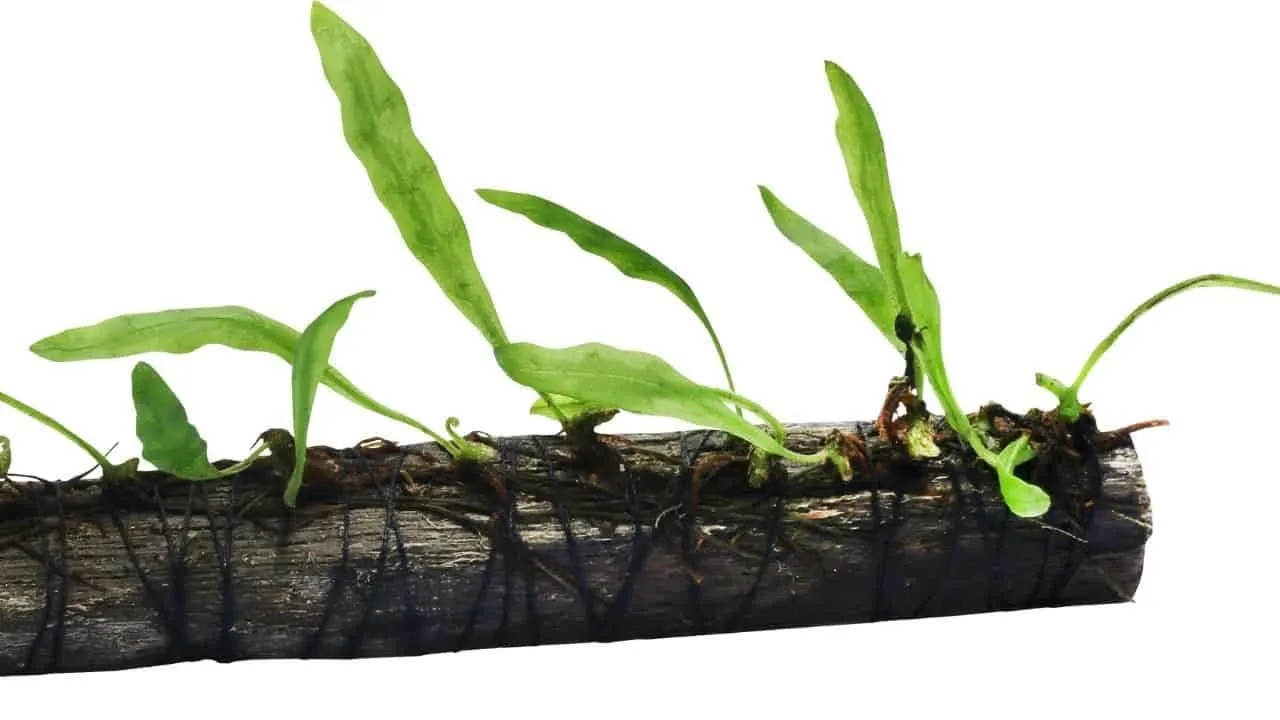
Java ferns, which hail from the same area, are equally hardy plants but prefer moderate to low-light conditions.
Tying them to a rock or a piece of wood allows you to move them around should you wish to rearrange your tank. Don’t worry about the substrate, as they get from the water the nutrients they need.
Thriving Java ferns will self-propagate by growing small plants on the tips of their leaves. These will detach naturally and soon find their own space to live in your tank.
But, if you want to trim them down a bit, take the time to read about how to trim Java ferns and make them grow better.
Anubias
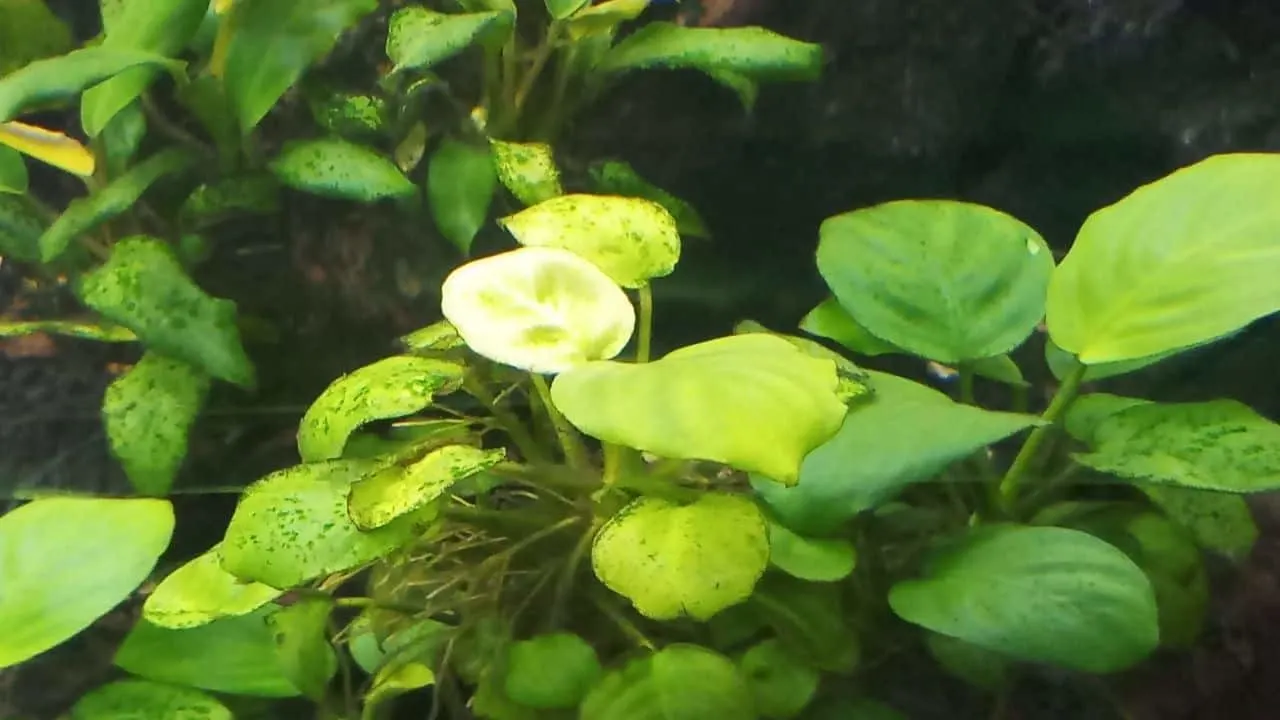
Much like Java ferns, Anubias plants prefer medium light and can also be tied to ornaments. They are recognizable by their thick, sturdy leaves.
While they are slow-growing, they are attractive plants to have in your tank as fish tend not to snack on them.
They are also among the few aquarium plants that flower.
Hornwort

Another non-fussy plant is Hornwort. As it is happy in almost any lighting conditions and tolerant of varying water salinities, Hornwort is popular in large tanks, reaching lengths of up to 6 feet (1.8 meters).
As a bonus, Hornwort benefits water filtration by absorbing nitrates and, given its size and floating capabilities, also serves as a good hiding place for tiny fish.
It’s one of the best oxygenators for aquariums.
Water Lettuce

When purchasing aquarium plants that don’t need substrate, floating plants are often recommended. Popular among these is water lettuce, a beautiful thick-leafed plant first discovered on the Nile river.
Water lettuce grows rapidly, preferring low light and high humidity.
It is not the easiest of plants, so it is not always recommended for beginners, but it makes a stunning addition to the surface water of aquariums in ideal conditions.
Green Cabomba
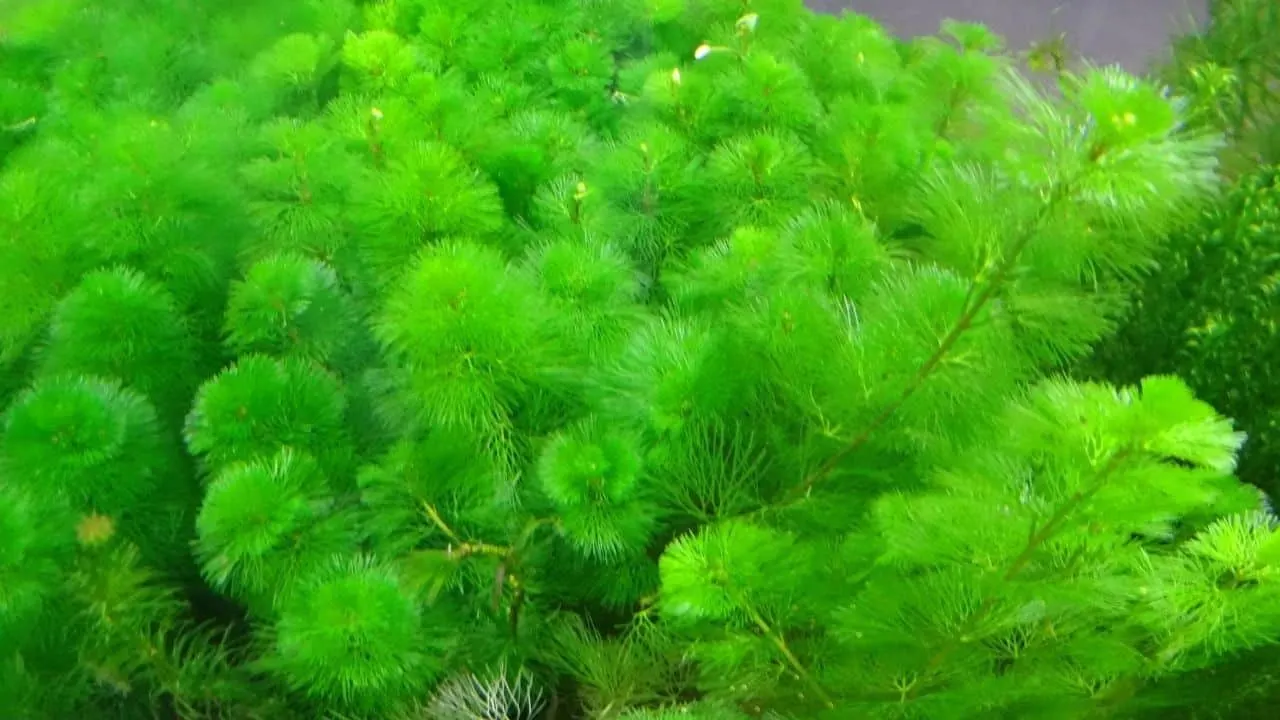
Also known as Carolina fanwort, Cabomba is a delicate but beautiful aquarium plant that grows quickly in moderate to high-light conditions.
As it is a tall-stemmed plant, aquarists most often place it towards the back of their aquariums or allow it to float on the water’s surface.
Green Cabomba is popular with fish that like to chew on plants, so be mindful when selecting this species for your tank.
What a Substrate is
A substrate is the layer of organic or non-organic medium found covering the bottom of aquariums.
It may comprise gravel, sand, river rocks or marbles, and creates a healthy environment for plants and fish to flourish. It is also often set up for aesthetic purposes.
However, the substrate can present its own challenges, so many aquarium owners opt to exclude it from their tanks.
With proper care and careful selection, plants that do not require substrate are just as beneficial for the overall health of an aquarium. In terms of aquascaping, too, you’ll have endless possibilities.
Some aquarium plants grow from rhizomes rather than true roots, which means they fare better when they are not planted below the substrate. Rhizomes are the part of the plant from which leaves and roots sprout.
Fertilizing My Aquarium Plants
Just like plants growing in soil, aquarium plants need minerals and nutrients to thrive. Most aquarium plants draw these from the nutrient-dense substrate in which they are planted.
However, if you opt for a bare-bottom tank without substrate, you will need to supplement your aquarium plants with a liquid fertilizer.
An inexpensive all-purpose fertilizer applied according to its instructions will suffice when it comes to keeping your substrate-free plants happy and healthy.
Frequently Asked Questions about Aquarium Plants That Don’t Need Substrate
How many hours per day should I leave my aquarium lights on?
Your tank is full of living creatures that need light to grow. 10 to 12 hours per day is sufficient to give your plants and fish the light they need.
Are bare-bottom tanks better than substrate tanks?
While bare-bottom tanks are becoming more and more common, both options have pros and cons, and the decision boils down to personal preference. However, you will need to do proper research regarding what your fish of choice require. This will help to determine which environment will work best.
What are the benefits of bare-bottom tanks?
Bare-bottom tanks are easy to clean, and it’s also easier to maintain water chemistry. Bare-bottom tanks are also great quarantine zones for new fish or sick fish, as there is no substrate for unwelcome parasites to hide in. Many aquarists recommend bare-bottom tanks as healthy breeding zones.
Conclusion
A little greenery in a fish tank goes a long way. Not only does it keep your fish happy and healthy, but it also adds a level of aestheticism that makes watching your gilled friends a genuinely pleasurable experience.
If you’re looking for a simple and easy-to-maintain setup for your aquarium, consider plants that do not require substrate.

Daniel has been a plant enthusiast for over 20 years. He owns hundreds of houseplants and prepares for the chili growing seasons yearly with great anticipation. His favorite plants are plant species in the Araceae family, such as Monstera, Philodendron, and Anthurium. He also loves gardening and is growing hot peppers, tomatoes, and many more vegetables.

